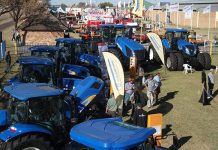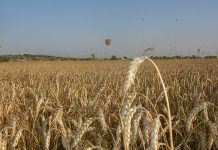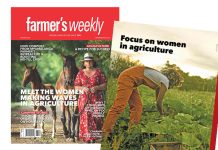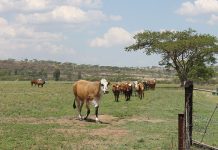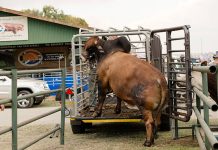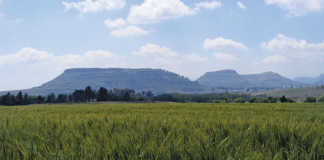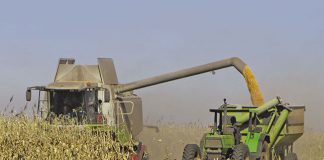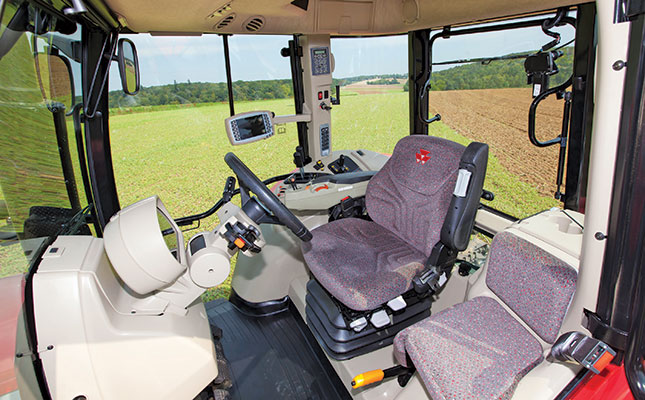
Musk first described neural lace as a “brain-computer system that would link human brains with a computer interface”. Google it – it’s a fascinating piece of science technology.
What I found very interesting were the reactions of people I spoke to about this ‘neural lace’. Most were highly sceptical about this type of technology, which threatens to merge man and machine (as if we were not already attached to our smartphones anyway!)
The future is a scary place, and if the past year has taught us anything, it is that we are not very good at predicting it. One of the few analysts who predicted Donald Trump’s win in last year’s US presidential election, scholar and author Nassim Taleb, whose work focuses on problems of randomness, probability, and uncertainty, writes: “We know from chaos theory that even if you had a perfect model of the world, you’d need infinite precision in order to predict future events. With sociopolitical or economic phenomena, we don’t have anything like that.”
For what it is worth, though, the World Economic Global Future Councils was recently asked to compile some predictions about what the world might look like in 2030.
The final list of eight predictions contained a few items that have a bearing on agriculture. Most notably, it was predicted that by 2030 we would all be eating much less meat than we do today. “Rather like our grandparents, we will treat meat as a treat rather than a staple,” said Tim Benton, professor of Population Ecology at the University of Leeds, UK.
According to Benton, it won’t be “big agriculture or little artisan producers” that win, but rather a combination of the two, with convenience food redesigned to be healthier and less harmful to the environment.
Another noteworthy prediction was that by the 2030s, we will be ready to move humans to Mars. Ellen Stofan, chief scientist at NASA, writes in this regard that “big science will help us to answer big questions about life on Earth, as well as opening up practical applications for space technology”.
Jane Burston, head of Climate and Environment at the UK’s National Physical Laboratory, predicts that by 2030 there will be a global price on carbon emissions, which will provide a powerful incentive to ditch fossil fuels.
Other predictions included: All products will become services (think about people using Uber to get around instead of owning a car); US dominance will end; and significant advances in healthcare technology will emerge (think bio-printed organs).

